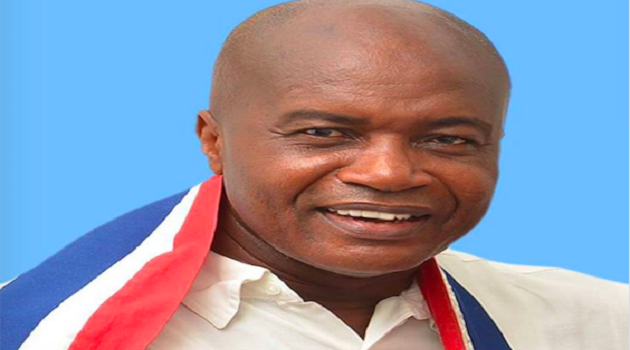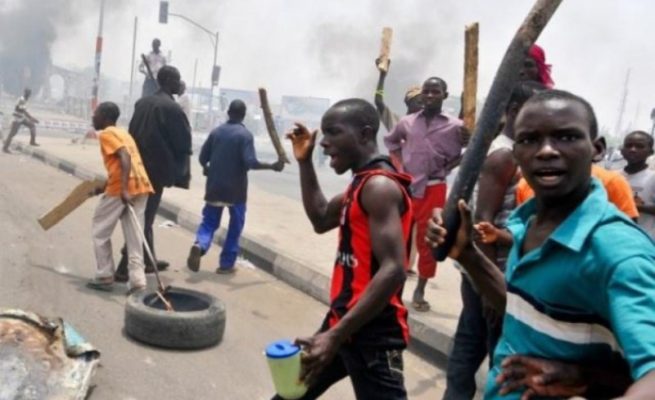
Meet Kofi, a twelve-year-old boy who works at a gold mine in the Central Region. On Monday Kofi is working to bring home some money for his parents and five siblings. By Wednesday he is dead. His body is dragged out from the crumbled remains of the mud wall that had collapsed in the large open pit he was working in. Kofi will never grow up. He will never become a doctor, an engineer or a teacher; a violently extinguished flame, Kofi’s light is one that will never be added to the fire of Ghana’s economy.
With over 2.7 million child labourers estimated in Ghana currently, child labour may be one of the most overlooked causes of Ghana’s current economic decline.
The term “Child Labour” applies to all children under 12 who work to make money, those aged 12 to 14 years who do dangerous work, and all children engaged in the worst forms of child labour such as slavery, prostitution, trafficking, and other illegal activities.
It also includes hazardous work such as going to sea and mining and children working in places of entertainment such as bars and hotels where they may be exposed to immoral behaviour.
The very nature of child labour as labour depriving children of their health, education or development, precipitates the destruction of children as individuals and with them, the nation and its economy.
This then is what it boils down to: Ghana is one of the poorer nations in the world, not because it does not have enough resources, but because it misuses what it does have. More than silver, gold or oil, the children of this nation are its most valuable asset. It is often too easy to forget just how much of Ghana remains undeveloped, poverty- stricken and largely illiterate simply because of the way we treat our children. Our reminder is in the black and white differences in development between the countries that embrace the truth that their children are vitally important for their future and those that do not.
Children involved in exploitative labour or hazardous work often suffer from long-term health problems, such as respiratory disease, asbestosis and a variety of cancers, due to their work with dangerous chemicals.
Physical injuries and mutilations are caused by badly maintained machinery on farms and in factories, machete accidents in plantations, and any number of hazards encountered in industries such as mining and ceramics. Pesticides create in these children an increased risk of developing cancer in later years as well as developing Asthma. In mines, the health of child labourers suffer from deep falls into pits, collapsing pits, flying rocks or shard and dangerous tools and machinery.
Their continued exposure to dust, their transport of heavy loads, and the use of toxic mercury in gold processing present additional dangers with mercury especially, being capable of causing permanent disability, damage to a child’s central nervous system, kidney malfunction, respiratory failure, and even death. Many of these children never grow up at all and those that do often have shorter lifespans or physical ailments that then hinder them in their professional capacities.
The education of child labourers often suffers with their health. Given the choice between sending a child to work to earn income, and sending them to school which consumes income, parents of poor families who do not understand the value of education usually pick the former.
Children who could not have a normal education then grow into illiterate, low wage- earning adults, unable to advance in their personal or social life. As a result, their offspring are often compelled to work to supplement the family’s income. In this way, poverty and child labour is passed down from generation to generation in an endless cycle. As it gathers momentum, the nation itself is pulled deeper and deeper into poverty.
The under accumulation of human capital that results from low school attendance and poor health represents a missed opportunity to enhance the productivity and earning capacity of the next generation, affecting the development of the economy by destroying the potential earning capacity of a significant proportion of the future generation before it can be realised.
Where child labourers are forced to combine education and work we see the same negative impact as these children may not be able to manage the physically taxing demands of their labour and academics at the same time or simply lose the motivation to study, in favour of earning money.
After more than sixty years of independence it is about time that Ghana steps up as one of the nations that embrace the truth of its children’s importance, not only in word but in deed, providing the funds, labour monitors and systems necessary to ensure the health, education and development of Ghana’s children: its future.
The writer, Ama Koguah Obese-Jecty, is an intern with the Commonwealth Human Rights Initiative Africa Office.



